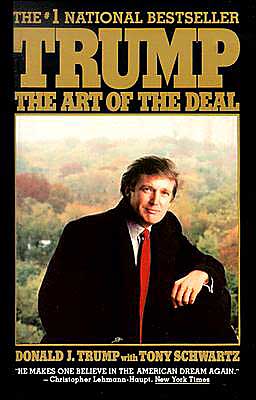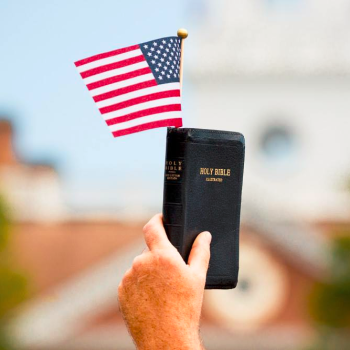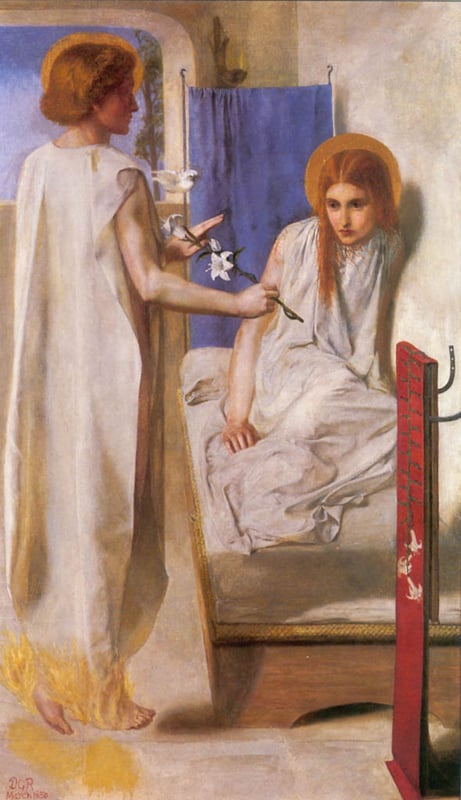 No, I haven’t read Trump’s book. The deal in play right now, though, is winning the November election. And the art of this deal, as played out between the two major party contenders, is the style of their deal-making. Each considers the other’s style a disgrace, and their own a virtue.
No, I haven’t read Trump’s book. The deal in play right now, though, is winning the November election. And the art of this deal, as played out between the two major party contenders, is the style of their deal-making. Each considers the other’s style a disgrace, and their own a virtue.
The art of the deal, this momentous election deal, is a contest between a tycoon and a negotiator. The tycoon is autocratic, combining influence, persuasion, lures and threats into a position in which he has the upper hand. In which, in other words, he becomes a winner. He can dance a victory dance in the end zone, when he closes a deal.
The negotiator maneuvers. Cautiously. Warily, watchfully. Years ago, a professor at Harvard well versed in faculty negotiations said sagely that concensus is a result of manipulative arm-twisting. Hold outs are not respected in their position, but are hammered on with a combination of sweet lures and high pressure. Democracy, said the same professor, was a cleaner process, allowing voters the dignity of their opinions. Negotiators work toward a majority, if not a concensus.
The negotiator does not take victory laps, but emphasizes that ‘we’ have hammered out an agreement. Preserving at least the semblance of the opposition’s dignity is crucial, but there are always a lot of behind–the-scenes maneuvers in making the deal.
Here’s what Publisher’s Weekly said about Trump’s book, The Art of the Deal: This boastful, boyishly disarming, thoroughly engaging personal history offers an inside look at aspects of financing, development and construction in big-time New York real estate. . . . For those who would do likewise, Trump articulates his secrets for success: imagination, persistence, skill at “juggling provisional commitments” and most crucial of all, a true trader’s instinct.
Hillary Clinton’s book, It Takes a Village, written while she was First Lady, has been reissued. Significantly, no Publishers Weekly review is available. But a number of prominent newspapers, whose cities are all very keen on progress through negotiation, reviewed it. Here’s what the San Francisco Chronicle said: “An entertaining book of unseen power…the impact of Hillary Clinton’s genuine belief in a children-loving society remains in mind long after book’s end.”
The books reflect the style of deal-making each uses.
Clinton uses a combination of hope, vision, and high pressure moral reproach, hammering away on her talking points, and bringing together a tight and loyal network of national players, cultivated over years of political work.
Trump uses a combination of boastful, boyishly disarming, engaging juggling to get our attention, and then persistence and skill to win the contest at hand.
Clinton reproachs Trump daily for his immorality. He actually may be a- moral, since his sense of morality is shaped entirely by his highest virtue: winning. And the only real immorality, in his way of thinking, is losing. Every day he calls Clinton a loser, because she takes no victory laps, and negotiates outcomes.
Trump, who boasts of his winning deals every day, views Clinton’s behind-the-scenes negotiations as crooked and mired in manipulation. She, who values negotiation as the highest political art, is in her own view acting morally by seeking to excel at the art of the possible, rather than winning or dominating the arena.
It’s hard to believe politicians in either party actually want a tycoon making deals in the White House. But a large part of the population does, and an even larger part of the population does not trust negotiators.
Both styles of deal-making are secretive, and both leave a lot of details locked behind closed doors.
As the polls begin to show a preference for the long tradition of political negotiation, many of us hope and pray we will not have to endure a Trump presidency. Yet we know that even with Clinton, there will be secrets the press will have to use due diligence to reveal. But there will at least be a process in which some important conversations can be held on the record, and the people in them held accountable for their words and their deals, as they fashion a new day for America.
_______________________________________________________
Image: Bookcover: The Art of the Deal. en wikipedia.org image.













